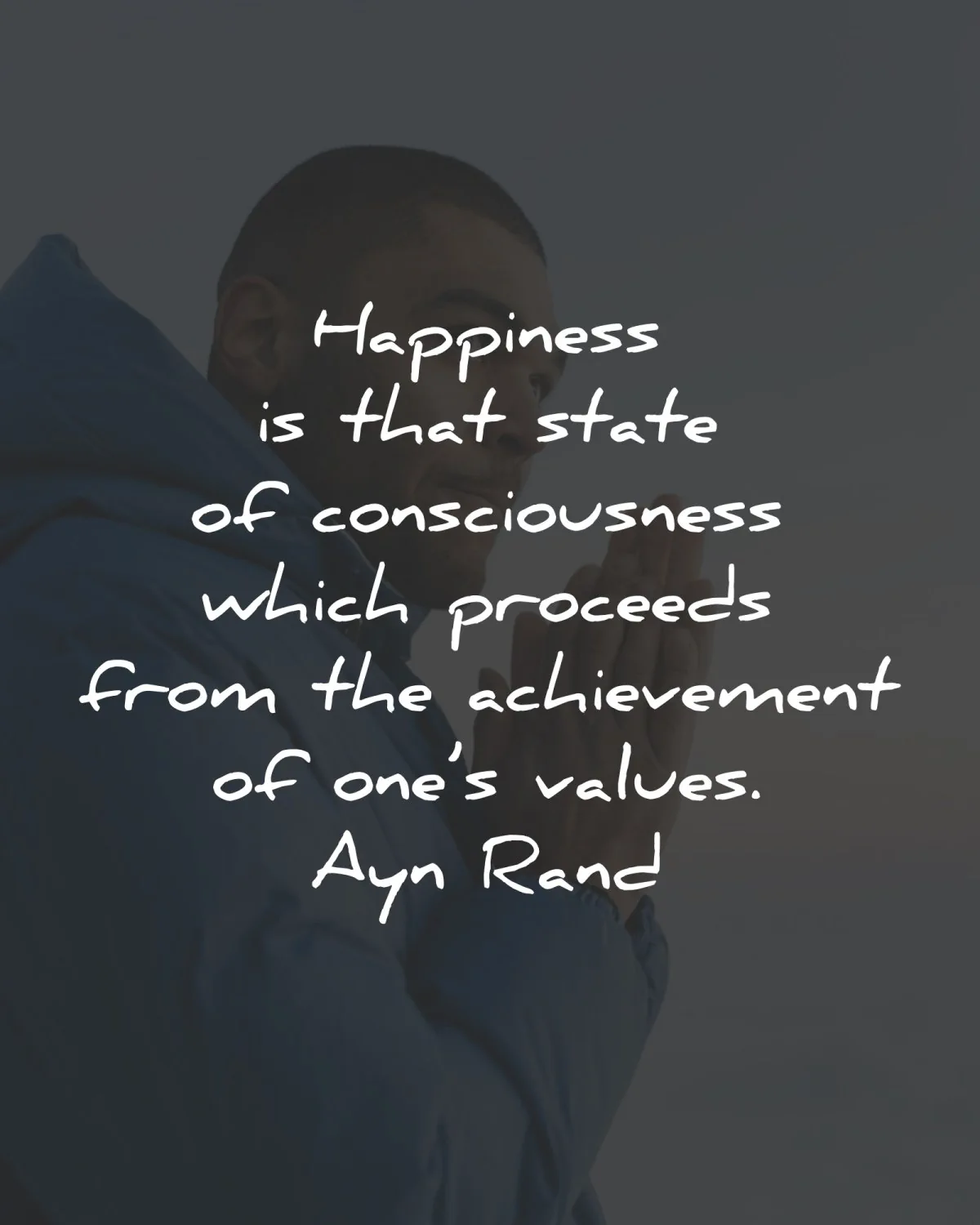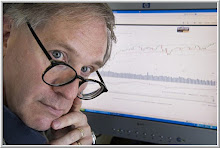
7/3/2025 - Idea generation--finding the opportunities worth trading and the spots when you can trade them with excellent risk/reward--is a function of analysis and synthesis. In the analysis phase, we can screen for symbols meeting various criteria; we can review charts on different time frames; we can engage in our own research studies; we can talk with trading colleagues we respect; we can read research; etc. etc. Analysis provides us with pieces to the market puzzle.
In synthesis, we arrange those puzzle pieces to generate actual trade ideas and develop plans for placing those trades and managing the positions. Synthesis switches us from detailed thinking to bigger picture thinking. It involves different kinds of pattern recognition.
When we train the brain for focus, we become able to look at more things and look at the same things in different ways. A highly focused mind engages in deeper analysis and in more analyses. The focused mind also is an open mind, able to more readily identify patterns in the information we've been collecting and analyzing.
Professional traders aren't using brain training to avoid going on tilt. They are training themselves to become better and better idea generators and traders of their ideas.
7/2/2025 - The previous post below explains why I believe real time neurofeedback (brain wave biofeedback) is a potential game changer for trading psychology. By training ourselves for increased focus and concentration, we improve our processing of market information and gain access to our implicit knowledge (what we know, but can't necessarily verbalize). Much of our pattern recognition occurs as a function of that implicit knowledge. When we achieve depth of focus, we become better at detecting market opportunity.
Here is yet another revolutionary application of brain wave biofeedback:
Suppose we place ourselves in a state of intensified focus and then rehearse evidence-based psychological change strategies. For example, we could practice cognitive therapy methods to identify our negative thought patterns and replace those with more constructive alternatives. Or we could engage in exposure therapy by visualizing challenging market situations and our best responses to those while we're in the state of heightened focus.
What we find is that stepping back from negative thought and behavior patterns is easier if we can shift our emotional and cognitive states and practice our desired responses in a state of focus. When we do that, we find that we access our best processing of markets and performance by returning to the state of focus that we used during our visualizations.
This is known as state-dependent learning. By attaching our best performance to the state of heightened concentration, we can access our best trading by returning to our focused state. This allows us to coach ourselves in real time.
6/30/2025 - A little while back, I wrote a post on training the brain by building intentionality. Since that time, I have been working with wearable brain-wave biofeedback (neurofeedback) devices to cultivate and sustain mindsets that enable me to trade at my best. This is a little bit like physical training to perform best in basketball or football. You still have to learn and practice the plays, but if you're out of shape, even the best playbooks won't lead to scores. A missing piece in much of trading psychology is training to get into cognitive shape.The software accompanying my device keeps score and lets me know the percentage of time I am calm and focused, my ability to bounce back from distraction, etc. I have tried various meditative practices to increase the percentage of time I am operating in "the zone". These practices to quiet the mind have been helpful, but have not necessarily helped me sustain a calm alpha-wave state.
A breakthrough occurred when I stopped trying to empty my mind and instead engaged in prayer during my brain training session. Because of my Jewish tradition, prayer is familiar to me as a way of connecting to our souls and stepping back from our egos. This is a state common to all major religions and spiritual traditions that I have found to be essential to effective trading. In my brain training session where I accessed prayer, I filled my mind with love and appreciation and focused only on those feelings. This was much more like a lovingkindness meditation than a meditation of inner silence.
Amazingly, in the state of emotional overflowing, I maintained a calm, focused state for 93% of the timed exercise--much higher than during any other occasion. What kept me in the zone was not trying to rid myself of emotion, but filling myself with positive emotion. Indeed, following the exercise, I felt unusually clearheaded and settled. I recognized this as exactly the state I'm in when I'm trading very well.
What if we've had it wrong all this time in trading psychology? What if the answer to improving trading is not reducing/eliminating emotion or whipping ourselves into discipline and conformity to "process"? What if our most positive trading occurs when we are in our most positive psychology? What if clarity comes from immersion in feelings of love and connection, not in empty quiet? For some people, that might come from prayer. For others, it might come from filling their hearts and minds with love for family members or connection to communities.
Most of all, what if what we do to train ourselves to achieve clarity in markets is also what we need to do to achieve closeness in our personal relationships and a connection to our life's purpose? It would be ironic if our most spiritual practices are what further our most material pursuits.
.








